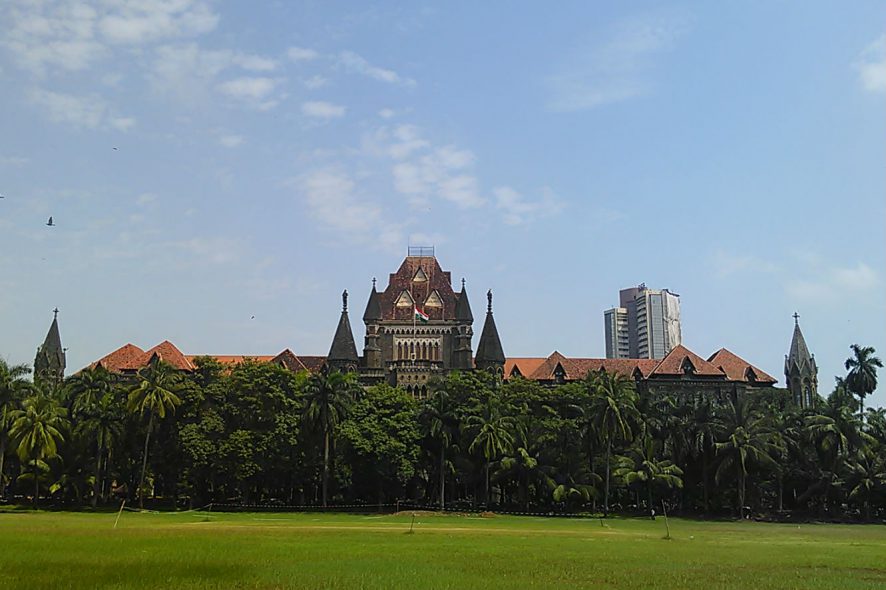Bombay High Court: A.M. Badar, J., allowed a petition filed against the order of the Additional Sessions Judge whereby the application filed by the accused-petitioners for issuing summons to a witness for adducing evidence was rejected.
The petitioners, husband and in-laws of the complainant, were accused of offences punishable under Sections 498-A, 323, 504, 376, 109 read with 34 IPC. The complainant had alleged that the petitioners subjected her to cruelty and that her father-in-law committed rape on her on multiple occasions. After the conclusion of prosecution arguments, the petitioners moved an application before the trial court invoking its powers under Section 311 IPC for summoning one Dr D.C. Patil or his representative. It was contended that evidence of Dr D.C. Patil was essential for a just decision of the case, as the complainant got herself examined by the said doctor often, and on few occasions even on dates when the commission of rape is alleged. The application was, however, rejected by the trial court noting that it was filed at a belated stage only to fill lacunae in the defence case.
The High Court, at the outside, observed that the power of the court to summon a material witness has vast amplitude. For understanding the purport of the term “lacunae”, the Court relied on Rajendraprasad v. Narcotic Cell, (1999) 6 SCC 110. Relying on the discussion of the Supreme Court in the said case, the High Court observed: “Delay in applying for summoning the defence witness cannot be termed as ‘lacuna’ in the defence.” It was noted that the petitioners were pressing for Dr Patil’s examination disclosed the fact of an alleged rape to the doctor she was visiting regularly.
It was further noted that the trial court took noted the fact the complainant denied the prescription issued by Dr Patil after examining her. However, the trial took a shortcut by holding that the said prescription can bean exhibit for the purpose of identification and, therefore, it is not necessary to examine Dr Patil. The Court was of the view that the trial court erred in holding that by marking the prescriptions as exhibits for the purpose of identification, the purpose is served. It was observed: “Merely placing the document in original for the perusal of the court would not be adequate to prove the event embodied within the contents of such document. For proving the contents of those documents, a witness to the execution of the document is required to be examined. The document is required to be proved by examining the author thereof — trial court cannot look into such hearsay evidence by making it admissible in a circuitous way, by exhibiting the same.”
It was held that the petitioners had made out a case of summoning Dr Patil, as his evidence is necessary for a just decision of the case. the petition was allowed and the impugned order was set aside. [Khajasab Suleiman v. State of Maharashtra, 2019 SCC OnLine Bom 2919, decided on 16-10-2019]






